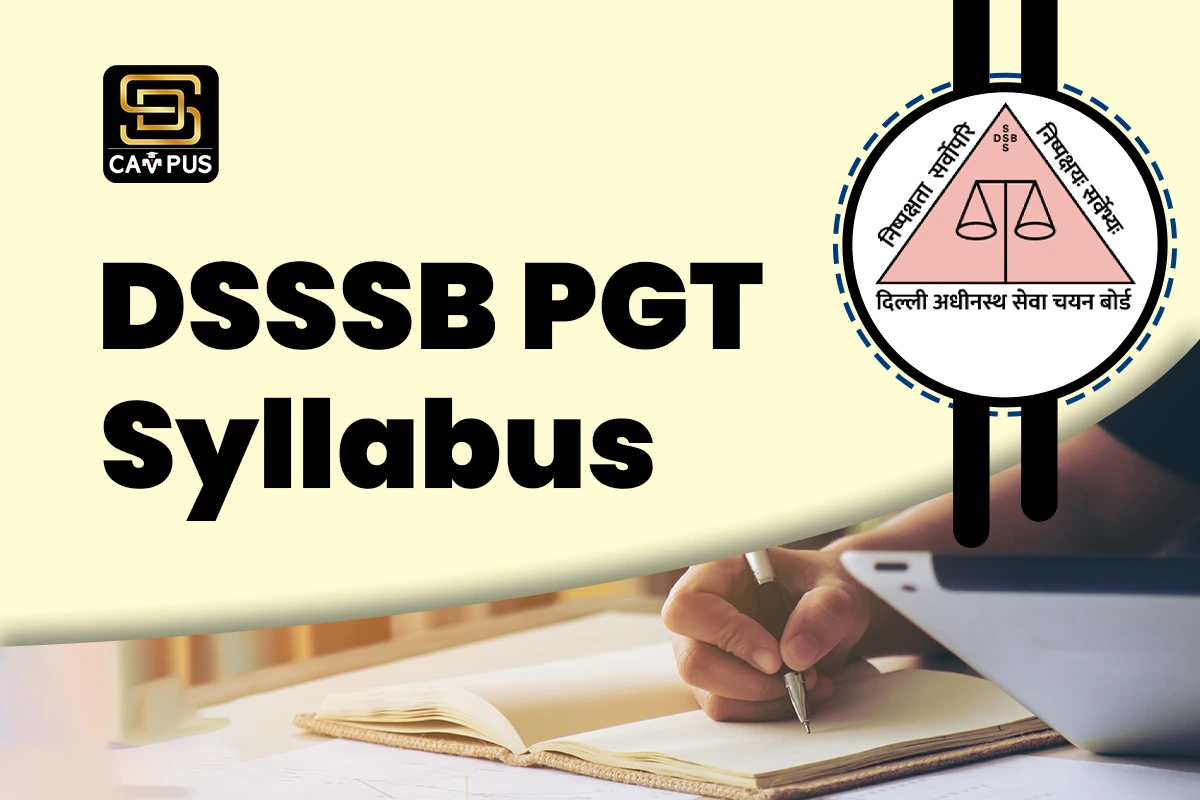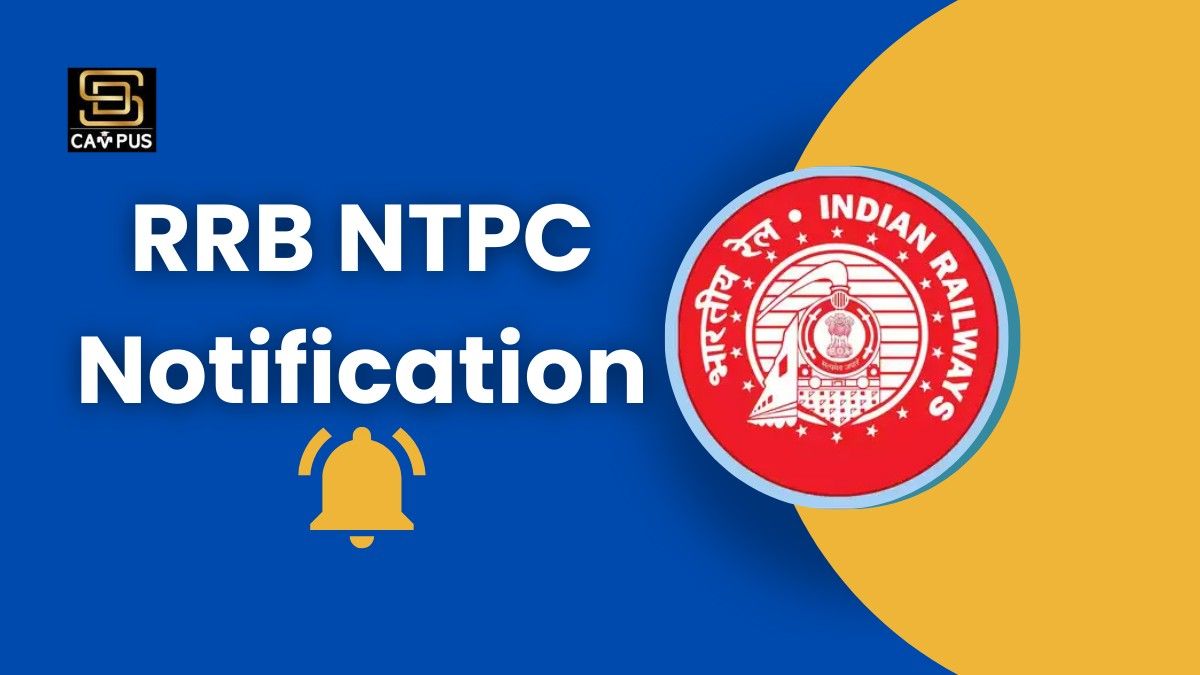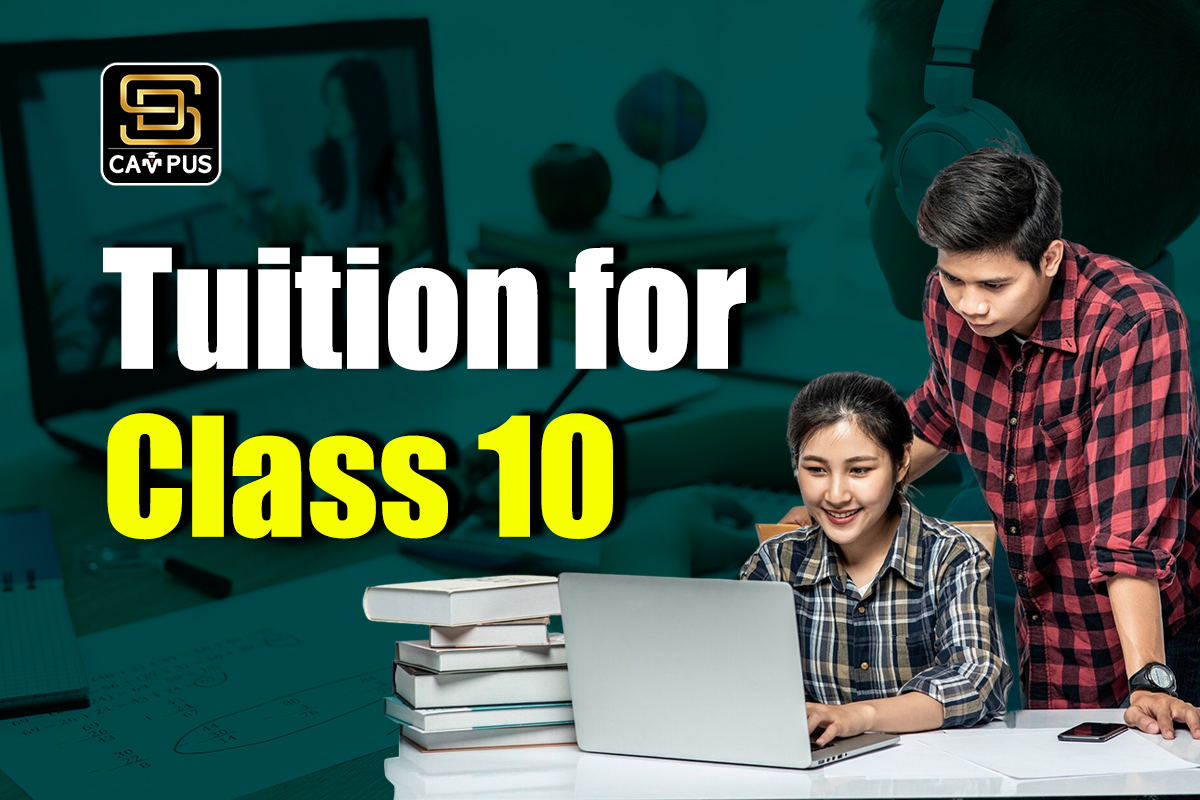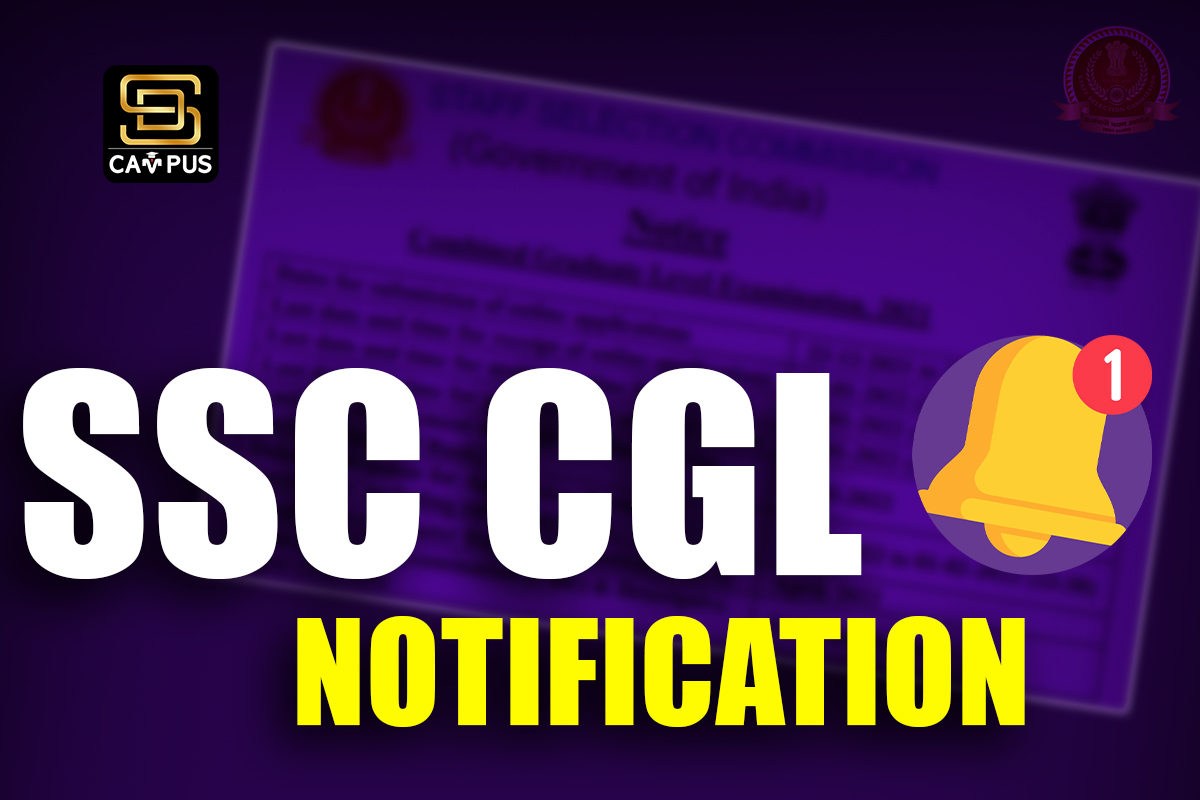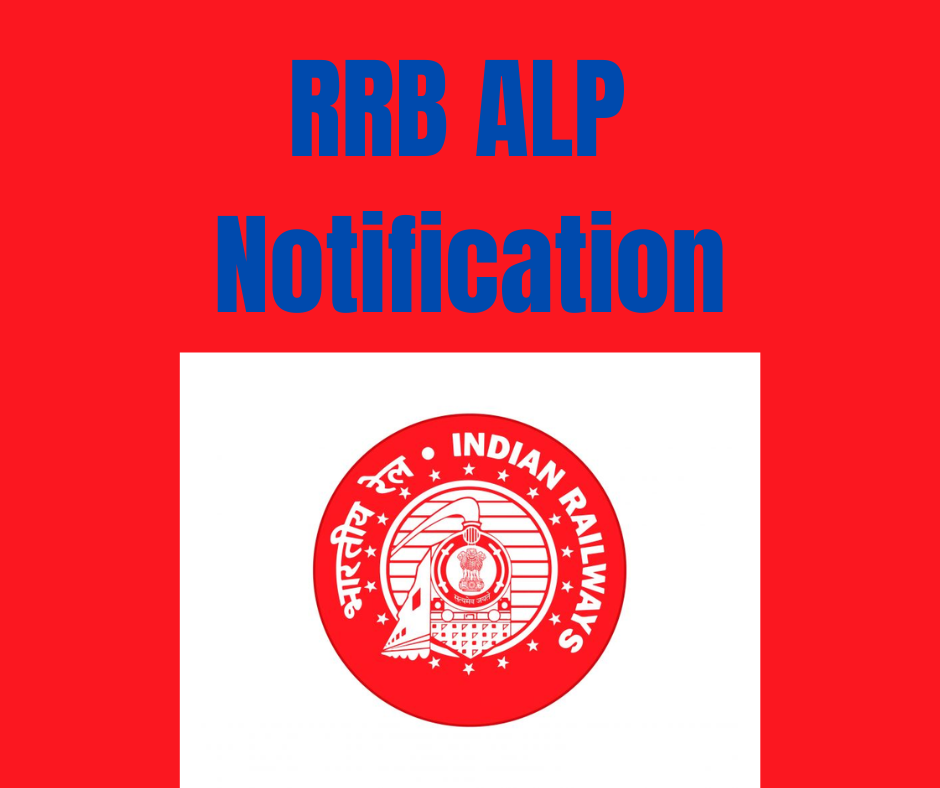Reading Time: 8 min
DSSSB PGT Syllabus 2025 is released by the Delhi Subordinate Service Selection Board on the official website. Candidates applying for DSSSB 2025 PGT must check the subject-wise DSSSB teaching syllabus. Also, study the Exam Pattern as an important step in preparation. In this article, we have mentioned all the information related to the DSSSB PGT 2025 Syllabus, exam pattern, and marking scheme.
DSSSB PGT Syllabus 2025 Highlights
The DSSSB PGT Exam consists of two written exams. The paper would be of 300 marks with 300 multiple–choice questions, all carrying one mark. For each wrong answer, there will be a deduction of 0.25 marks.
|
Organization
|
Delhi Subordinate Service Selection Board (DSSSB)
|
|
Exam Name
|
DSSSB PGT 2025
|
|
Post Name
|
DSSSB Syllabus 2025 and DSSSB Exam Pattern 2025
|
|
Negative Marking
|
0.25
|
|
Duration
|
3 hours
|
|
Total Questions
|
300
|
|
Total Marks
|
300
|
|
Paper Language
|
Bilingual (Hindi/English)
|
|
Selection Process
|
Written Exam Skill Test (if required for a post)Document Verification Medical Examination
|
DSSSB PGT Syllabus 2025
It is recommended that every interested applicant who wants to join DSSSB PGT in 2025 should prepare effectively. DSSSB PGT Syllabus is very important for covering each subject and topic for effective study. Here, it mentions topics subject-wise DSSSB pgt syllabus that help in knowing which areas have weightage and how much time one should allocate to manage it.
The DSSSB PGT 2025 Syllabus is divided into five main parts:
- General Awareness
- Mental Ability and Reasoning Ability
- Numerical Aptitude and Data Interpretation
- English Language
- Hindi Language
- Concerned Teaching Subjects
DSSSB PGT Exam Pattern 2025 (Latest)
The official site released the DSSSB exam dates on 6 March 2025, and hence, there is little time to prepare. So, prepare strategically by considering the DSSSB exam pattern:
|
DSSSB Exam Pattern 2025 for PGT
|
|
Subjects
|
Number of questions
|
Total marks
|
Duration
|
|
General Awareness
|
20
|
20
|
3 hours
|
|
General intelligence and reasoning ability
|
20
|
20
|
|
Arithmetic and numerical ability
|
20
|
20
|
|
English language
|
20
|
20
|
|
Hindi language
|
20
|
20
|
|
Specific subject
|
200
|
200
|
|
Total
|
300
|
300
|
DSSSB PGT Syllabus 2025 Section A
DSSSB PGT Syllabus Section A includes questions on General Awareness, General Intelligence & Reasoning Ability, Arithmetical & Numerical Ability, Hindi, English Language, and the teaching subjects. It has a negative marking of 0.25 per incorrect answer. The complete syllabus is given in the table below:
|
DSSSB PGT Syllabus section A
|
|
Subject
|
Topic name
|
|
General intelligence and Reasoning
|
Verbal and Non-Verbal Reasoning Analogies, Similarities, Differences Space Visualization, Problem-Solving, Analysis Judgment, Decision Making, Visual Memory Discrimination, Observation, Relationship Concepts Arithmetical Reasoning, Classification, Arithmetical Number Series, etc.
|
|
Arithmetical & Numerical Ability, Numerical Aptitude & Data Interpretation
|
Simplification, Decimals, FractionsLCM, HCF, Ratio & ProportionPercentage, Average, Profit & LossDiscount, Simple & Compound InterestMensuration, Time & Work, Time & DistanceTables & Graphs
|
|
English Language:
|
Comprehension Vocabulary, Grammar, Sentence StructureSynonyms, Antonyms, Usage of Words, etc.
|
|
Hindi Language:
|
संज्ञा एवं संज्ञा के भेदसर्वनाम एवं सर्वनाम के भेदविशेषण एवं विशेषण के भेदक्रिया एवं क्रिया के भेदसन्धि, वाक्य निर्माण (सरल, संयुक्त एवं मिश्रित वाक्य)पर्यायवाची, विपरीपार्थक, अनेकार्थक, समानार्थी शब्दमुहावरे एवं लोकोक्तियाँवचन, लिंगउपसर्ग एवं प्रत्ययअलंकारतत्सम, तद्भव, देशज एवं विदेशी शब्दसमास
|
|
General Awareness:
|
Current Events – National & International History, Constitution, Sports, Indian Polity, Art & Culture Geography, EconomicsEveryday Science, Scientific Research, National & International Organizations
|
DSSSB PGT Syllabus 2025 Section B
The DSSSB PGT Syllabus 2025 for Section B consists of multiple-choice questions (MCQs) related to the post-graduation subject and teaching methodology required for the respective posts. The subjects covered in this section include DSSSB PGT Sanskrit, Biology, Mathematics, Physics, Chemistry, Commerce, IT, Economics, English, Geography, History, and Hindi. The details of the DSSSB PGT Syllabus for Section B are as follows.
DSSSB Syllabus for Biology
Here’s the syllabus for the DSSSB PGT biology subject. The MCQs will be based on these topics:
|
DSSSB PGT Syllabus for Biology
|
|
Topics/Chapters
|
- Diversity of the living world
- Structural organization in plants and animals
- Structural and functional organization of cell
- Plant physiology
- Human biology
- Sexual Reproduction
- Genetics
- Biology in Human Welfare
- Principles of Biotechnology
- Ecology
|
DSSSB PGT Syllabus for Mathematics
DSSSB maths syllabus is wide, and if your post graduation is in mathematics, then you can check the list of topics below for PGT examination:
|
DSSSB 2025 Syllabus for Maths
|
- Sets
- Relations & Functions
- Principle of Mathematical Induction
- Permutations & Combinations
- Complex Numbers
- Linear Inequalities
- Binomial Theorem
- Sequence and Series
- Elementary Number Theory
- Quadratic Equations
- Matrices and Determinants
- Two-dimensional Geometry
|
- Trigonometric Functions
- Inverse Trigonometric Functions
- Differential Calculus
- Applications of Derivatives
- Integral Calculus
- Differential Equations
- Vectors
- Three-dimensional
- Geometry
- Statistics
- Probability
- Linear Algebra
- Analysis
|
DSSSB PGT Syllabus for Sankriti
Candidates having their post graduation qualification with Sanskrit subject should view the topic below for DSSSB PGT Sanskrit 2025 preparation:
|
DSSSB PGT Sanskrit Syllabus 2025
|
- साहित्य परिचय (गद्य, पद्य एवं नाटक)
- संस्कृत वाङ्मय में प्रतिविम्बित भारतीय दर्शन
- काव्य शास्त्र
- भाषा विज्ञान एवं व्याकरण
- रचना एवं पारिभाषिक पद
|
DSSSB PGT Syllabus for English
DSSSB PGT teaching post English syllabus is as per the table below:
- Grammar and Uses – determiners,
- Tenses, clauses, Modals, Voice
- Study of poetry and medieval poet Chaucher,
- Renaissance poets -Study of Spencer,
- The metaphysical poets – Donne, Herbert and Marvell, Milton,
- Neo-classical poets – Dryden and Pope, Australian literature
- Indian Writing in English, New Literature in English
- Writing Ability
|
- Reading Comprehension
- Romantic poets – Shelley and Keats,
- Modernist Poets,
- British Drama- Doctor Faustus, Hamlet, Pygmalion, murder in Cathedral,
- British novels – Pride and Prejudice, Great Expectations, Heart of Darkness, A Passage to India,
- Aspects of English language, Literary theory and criticism, American literature,
|
DSSSB PGT Syllabus for Commerce
|
Business Studies
|
- Business Environment and Law Business Organization and Management,
- Business Communication and Management Information Systems,
- Business Economics and Corporate Governance, Human Resource Management and Organizational Behaviour,
- Marketing Management and International Business Management
|
|
Statistics
|
- Probability Theory and Distributions,
- Inferential Statistics and Sampling Methods
- Hypothesis Testing, Regression Analysis, Multivariate Analysis
|
|
Commerce
|
- Business Economics,
- International Business and E-Commerce, Accounting and Auditing,
- Business Finance and Banking,
- Human Resource Development and Management
- Business Statistics and Research Methods,
- Business and Company Law,
- Marketing and Consumer Behaviour
|
|
Accounting and Financial management
|
- Cost and Management Accounting,
- Accounting Principles and Standards,
- Financial Management,
- Financial Accounting,
- International Financial Management,
- Income Tax Law and Planning,
- Accounting for liquidation,
- Accounting Process
|
DSSSB PGT Syllabus for Chemistry
Applicants who have selected chemistry as their Concerned subject can check the detailed syllabus below for the DSSSB exam. The multiple-choice questions in the teaching exam will be asked from these mentioned topics.
- Classification of elements and periodicity in properties
- Polymers
- Hydrogen
- Biomolecules (Biochemistry)
- General principles and processes of isolation of elements and block elements
- Chemistry in Everyday Life
- Some Basic Concepts of Chemistry
- Block Elements
- States of Matter:
- The d – and f- Block Elements
- Structure of Atom
- Co-ordination Compounds and organometallics
- Equilibrium
- Organic Chemistry
|
- Surface Chemistry
- Hydrocarbons
- Chemical Kinetics
- Environmental Chemistry
- Redox Reaction and Electrochemistry
- Haloalkanes and Haloarenes
- Solutions
- Alcohols, Phenols, and Ethers
- Chemical Bonding and Molecular Structure
- Aldehydes, Ketones, and Carboxylic Acids
- Thermodynamics
- Amines (Organic compounds containing nitrogen)
|
DSSSB PGT Syllabus for Physics
Subjects and topics for those whose concerned subject for the DSSSB exam is Physics they can go through the chapters and topics below:
|
Physical World and Measurement
|
- Units of measurement
- System of Units
- SI Units
- Fundamental and Derived Units
- Length, mass, and time measurement
- Precision of measuring instrument
- Errors in measurement
- Dimensional analysis and its application
- Significant figures
|
|
Kinematics
|
- Uniform and non-uniform motion
- average speed and instantaneous velocity.
- Uniformly accelerated motion
- velocity-time and position-time graphs
- Addition and subtraction of vectors
- Resolution of a vector in a plane
- projectile motion.
|
|
Laws of Motion
|
- Newton’s first law of motion
- Inertia
- Momentum
- Force
- Impulse
- Law of conservation of linear momentum and its applications.
- Static and kinetic friction
- Laws of friction
- Uniform circular motion
|
|
Motion of System of Particles and Rigid Body
|
- Centre of mass of a two-particle system, momentum conversation and center of mass motion. Centre of mass of a rigid body
- centre of mass of a uniform rod.
- a moment of a force, torque, angular momentum, and conservation of angular momentum with some examples.
- Dynamics of rigid bodies, comparison of linear and rotational motions; The moment of inertia, the radius of gyration.
- Values of moments of inertia for geometrical objects. Parallel and perpendicular axis theorems and their applications.
|
|
Gravitation
|
- Kepler’s laws of planetary motion. The universal law of gravitation. Variation of Acceleration due to gravity and with altitude, latitude, and depth.
- Gravitational potential energy; gravitational potential. Escape velocity. Orbital velocity of a satellite. Geo-stationary satellites.
|
|
Properties of Bulk Matter
|
- Elastic behaviour, Hooke’s law, Young’s modulus, bulk modulus, shear modulus of rigidity,
- Moment of inertia, Parallel and perpendicular axes theorems; Pascal’s law and its applications (hydraulic lift and hydraulic brakes)
- Stokes’ law, Terminal velocity, Reynold’s No
- Bernoulli’s theorem and its applications.
- Surface tension: Application of surface tension ideas to drops, bubbles, and capillary rise. Heat, temperature, Specific heat capacity
- Latent heat capacity.
- Heat transfer-conduction, Convection, radiation, Thermal conductivity.
|
|
Thermodynamics
|
- Thermal equilibrium, Zeroth thermodynamics, First law of thermodynamics.
- The second law of thermodynamics: reversible and irreversible processes.
- Heat engine and refrigerator.
- Kinetic theory of gases, Degrees of freedom, Law of equipartition of energy, Avogadro’s number.
|
|
Oscillations and Waves
|
- Periodic motion, Oscillations of a spring-restoring force and force constant;
- Energy in S.H.M. Kinetic and potential energies; Free, forced, and damped oscillations, resonance. Wave motion.
- Transverse and longitudinal waves, Reflection of waves, standing waves in strings and organ pipes, Beats, Doppler effect.
|
|
Electrostatics
|
- Electric Charges: Conservation of charge, Coulomb’s law and its application, force between two point charges, forces between multiple charges, superposition principle, and continuous charge distribution. Electric field, electric field due to a point charge, electric field lines; electric dipole, electric field due to a dipole; torque on a dipole in a uniform electric field.
- Gauss’s theorem and its applications
- Electric potential, potential difference, electric potential due to a dipole system of charges; equipotential surfaces, the electrical potential energy of a system of two-point charges and of electric dipole in an electrostatic field.
- Conductors and insulators, free charges, and bound charges inside a conductor. Dielectrics and electric polarization, capacitors and capacitance, the combination of capacitors, the capacitance of a parallel plate capacitor with and without a dielectric medium
- between the plates, and energy stored in a capacitor. Van de Graaff generator.
|
|
Current Electricity
|
- Drift velocity, V-1 characteristics, Electrical energy and power, Electrical resistivity and conductivity.
- Series and parallel combinations of resistors;
- Internal resistance of a cell, potential difference and emf of a cell, Kirchhoff’s laws, and simple applications. Wheatstone bridge, Metre bridge.
|
|
Magnetic Effects of Current and Magnetism
|
- Biot – Savart law and its application to current carrying circular loop.
- Ampere’s law and its applications to an infinitely long straight wire.
- Force on a moving charge in uniform magnetic and electric fields.
- Cyclotron.
- Force on a current-carrying conductor in a uniform magnetic field.
- Torque experienced by a current loop in a uniform magnetic field; moving coil galvanometer-its current sensitivity and conversion to ammeter and voltmeter.
- The magnetic dipole moment of a revolving electron.
- Torque on a magnetic dipole (bar magnet) in a uniform magnetic field;
- Magnetic field lines;
- Earth’s magnetic field and magnetic elements. Para-, dia- and ferromagnetic substances, with examples.
- Electromagnets and factors affecting their strengths. Permanent magnets.
|
|
Electromagnetic Inductions and Alternating Currents
|
- Electromagnetic induction
- Faraday’s laws, induced emf and current
- Lenz’s Law, Eddy currents.
- Self and mutual induction.
|
|
Optics
|
- Reflection of light, Refraction at spherical surfaces, Lenses, Thin lens formula, Lensmaker’s formula. Refraction and dispersion of light through a prism.
- Scattering of light–blue colour of the sky and reddish appearance of the sun at sunrise and sunset. Microscopes and astronomical telescopes (reflecting and refracting) and their magnifying powers. Interference Young’s double slit experiment and expression for fringe width, Coherent sources, and sustained interference of light.
- Polarisation, plane polarised light, Brewster’s law, uses of plane polarised light, and Polaroids.
|
|
Modern Physics
|
- Dual Nature of Radiation
- PhotoElectric Effect
- Hertz and Lenard’s Observations
- Compton Effect
- Bragg’s Law
- Hall effect
- Davision Germer Experiment
- Rutherford’s model
- Composition and size of the nucleus
- Radioactive Law
- Mass-energy relation
|
|
Electronic Devices
|
- Energy bands in conductors, semiconductors, and insulators
- Semiconductor diode-1-V characteristics in forward and reverse bias, diode as a rectifier
- Special purpose p-1 junction diodes: LED, photodiode, solar cell, and Zener diode and their characteristics, Zener diode as a voltage regulator.
|
DSSSB 2025 History Syllabus
Candidates having done the PG degree in history subject or if their concerned subject is history for DSSSB teaching exam then here’s the list of topics:
|
Chapter
|
Topic
|
|
The Mauryas
|
- Causes for its rise
- Chandragupta Maurya Administration
- Contribution of Ashoka the Great (all aspects)
- Decline and fall of Mauryan Empire
|
|
Magadh
|
- Rise of Magadh in relation to 16 Mahajanpadas
|
|
Harappan Civilization
|
- Town Planning
- Religion
- Economic & Social Life
- Script Writing
|
|
Buddhism, Jainism
|
Rise of Heterodox sects with special reference to Buddhism, Jainism –
- Rise
- Teaching
- Comparison
- Effect on society, trade & commerce
|
|
The Guptas
|
- Golden Period
- Samudra Gupta
- Chandragupta Vikramaditya etc
- Administration, Religion, Trade & Commerce
|
|
Society & Economy
|
- From Vedic till 7th century
|
|
Sultanate Era
|
- The Defeat of the Hindu kingdom and establishment of the Delhi Sultanate
|
|
Mughal Period – 1526 to 1707
|
- Polity
- Administration
- Society
- Economy
|
| |
|
|
Medieval Period
|
- Society and Culture with Special Reference to Bhakti Movement and Sufism
|
|
Medieval Architecture
|
- Delhi Sultanate and Mughal Period
|
|
European and British Rule
|
- The Advent of Europeans and the establishment of 5 British rule.
- British rule and its impact on the Indian economy
|
|
Revolt 1857
|
- Nature
- Causes
- Leadership
- Events
- Consequences
- Causes of defeat
- Impact
|
|
Constitution
|
- Framing
- Features
- Working of the Constitution
- Adoption of the Constitution
|
|
Miscellaneous
|
- The socio–religious reform movements and the rise of nationalism.
- The Indian freedom movement – 1885 to 1947
|
|
History of the World
|
|
Rise of Islam
|
- Teachings
- Culture
- Crusades
|
|
Roman and Greek civilization
|
- Rise of the empire
- Administration
- Society
|
|
Rise of Ancient Civilizations with Special Reference to Mesopotamia
|
- Urbanization
- Script
- Trade
- Calendar
|
|
Nomadic people of Central Asia
|
–
|
|
China and Japan
|
|
|
The Dark Age – Feudalism in Europe
|
|
|
Capitalism and Mercantilism
|
- Industrial Revolution
- Imperialism and colonialism
|
|
Renaissance and Reformation period in Europe
|
|
How to Prepare for the DSSSB PGT Syllabus 2025
Follow the tips and tricks to prepare for the DSSSB Exam PGT:
- First, go through the DSSSB PGT Exam Pattern 2025.
- Once you understand the exam pattern, go through the syllabus.
- Gather the best study material for the DSSSB PGT Exam. If you are confused about which study material to follow, then refer to the best DSSSB PGT exam books by SD Campus.
- Make proper notes and revise daily.
- Attempt mock tests regularly and analyze your score.
- Make a proper study planner and take frequent breaks.
DSSSB PGT Syllabus 2025 FAQs
Que1. What are the subjects covered in Section A of the DSSSB PGT Syllabus 2025?
Ans: Section A covers subjects such as Mental Ability, General Awareness, English Language, Hindi Language, Numerical Aptitude, and Data Interpretation.
Que 2. What is the total number of vacancies announced for DSSSB PGT Recruitment 2025?
Ans 2: The DSSSB PGT Recruitment 2025 has announced a total of 432 vacancies.
Que 3. What is the duration of the DSSSB PGT Exam 2025?
Ans 3: The time duration of the DSSSB PGT exam 2025 is 2-3 hours.
Que 4. Is there a negative marking in the DSSSB exams as per the 2025 syllabus?
Ans 4: Yes, each correct question has 1 mark carried, but incorrect answers have 0.25 negative marking.
Que 5. What is the significance of the DSSSB Syllabus 2025?
Ans 5: The DSSSB Syllabus 2025 outlines the topics and subjects that candidates need to study for the upcoming DSSSB Recruitment 2025 Exam.
Hello, I’m Abhishek Sharma, a seasoned content writer focused on delivering high-quality, informational content related to government exams, job postings, school subjects, and entrance tests. My goal is to provide valuable insights to help readers succeed.


